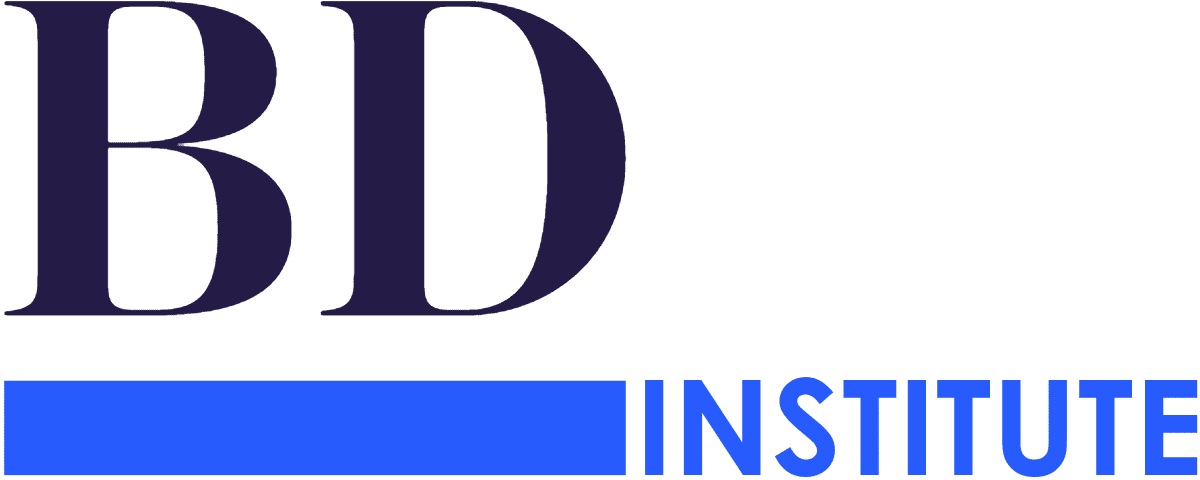Sales forecasting is a critical process for any business. Accurate sales forecasts enable companies to make informed business decisions and plan for the future. This article will explore proven methods for developing precise revenue predictions.
Why Sales Forecasting Matters
Sales forecasting provides companies with an estimate of future sales over a specified period. Precise forecasts allow businesses to plan inventory levels, estimate costs, set sales quotas, allocate budgets, and make other important strategic and operational decisions. Without accurate sales predictions, companies risk excessive stockpiles or shortages, idle capacity, and missed revenue goals. Mastering sales forecasting helps avoid these problems through data-driven estimates of future sales.
Key Methods for Sales Forecasting
Several methods can improve the accuracy of sales forecasts. Using a combination of these approaches results in the most reliable revenue predictions.
Analyzing Historical Sales Data
Studying past sales performance allows businesses to uncover trends and patterns critical for forecasting. Sales data can be analyzed across various dimensions like time periods, products, regions, and customer segments. Key metrics to examine include total revenue, sales volume, customer acquisition, customer retention, and more. Statistical techniques like moving averages, trend analysis, and regression analysis help interpret historical data.
Conducting Market Research
Market research provides insights into customer preferences, competitor actions, economic conditions, and other external factors affecting sales. Surveys, interviews, focus groups, and observational studies help assess market demand. Marketing analytics tools can also collect and analyze consumer data from sources like social media. Integrating market research findings into forecasting models accounts for changes in the business environment.
Leveraging Sales Team Knowledge
Sales reps interact directly with customers and possess valuable knowledge about on-ground realities. Sales teams can provide feedback on market reception for new products, future ordering plans of key accounts, and early warnings about changes in customer preferences. Combining salesperson perspectives with historical data produces comprehensive forecasts.
Using Data Analytics Software
Sophisticated analytical software automates data collection, analysis, and modeling for reliable forecasts. AI- and machine learning-powered sales analytics tools can process large volumes of historical data, identify hard-to-detect patterns, and generate accurate predictions. Cloud-based analytics programs allow easy access to sales insights across the organization.
Incorporating Historical Data and Trends
Historical sales data contains valuable information for projecting future revenues. Useful techniques for leveraging past data include:
Identifying Relevant Performance Metrics
Key sales metrics like customer lifetime value, customer acquisition cost, click-through rates, lead conversion rates, and sales cycle length provide crucial inputs for forecasting models. Granular data segmented by product line, sales region, and other dimensions improves analysis.
Applying Time Series Analysis
A time series tracks performance over uniform time intervals. Time series analysis uses historical time-series data to predict future values through modeling techniques like exponential smoothing, ARIMA, and neural networks. The models provide insights into trends and seasonal patterns.
Making Seasonal Adjustments
Seasons, holidays, and events create fluctuations in sales. Seasonal adjustment techniques like moving averages and seasonal indices remove seasonal effects from time series data. Deseasonalized forecasts better reflect underlying demand.
Adapting for Seasonal Changes
Most businesses experience seasonal sales variations. Preparing for foreseeable seasonal fluctuations allows companies to maximize revenues during peak periods and remain profitable during slow periods. Useful strategies include:
Planning Inventory and Resources
Forecasts should determine inventory procurement, production schedules, staffing levels, and other resource allocations ahead of seasonal changes in sales volume. Accurate seasonal forecasts prevent inventory shortages during peak sales.
Adjusting Marketing Efforts
Marketing campaigns can be designed around expected seasonal impacts and coordinated with sales forecasts. Increased digital marketing before holidays or new email promotions during slow seasons help obtain sales targets.
Implementing Strategic Pricing
Tactical pricing adjustments like special seasonal rates, holiday discounts, and clearance sales help generate sales during seasonal slumps while maintaining profitability. Premium pricing can improve revenues during peak seasons.
Conclusion
Accurate sales forecasting is indispensable for business success. Companies can leverage proven methods like data analytics, market research, time series modeling, and seasonal adjustments to predict revenues precisely. Investing time and resources into mastering sales forecasting allows organizations to optimize operations, reduce risks, and fully capitalize on growth opportunities.





